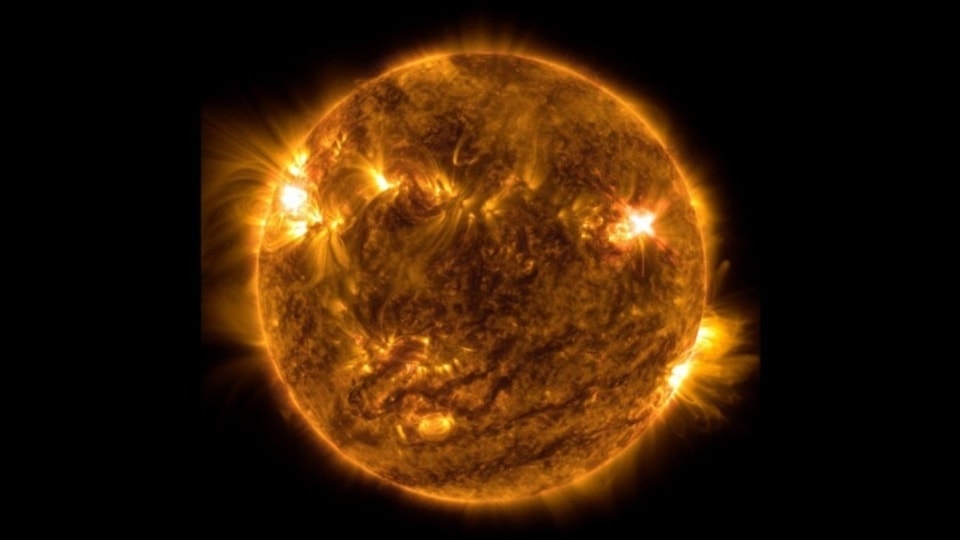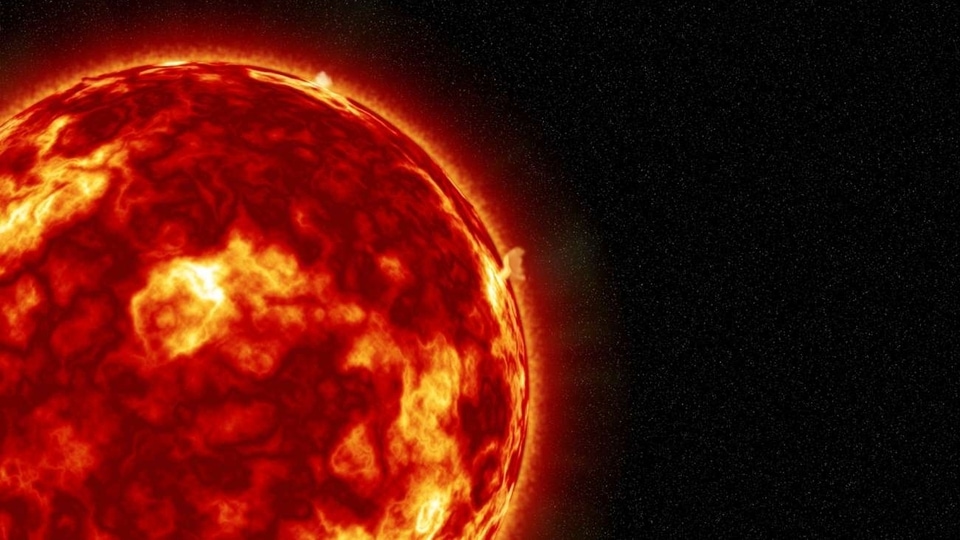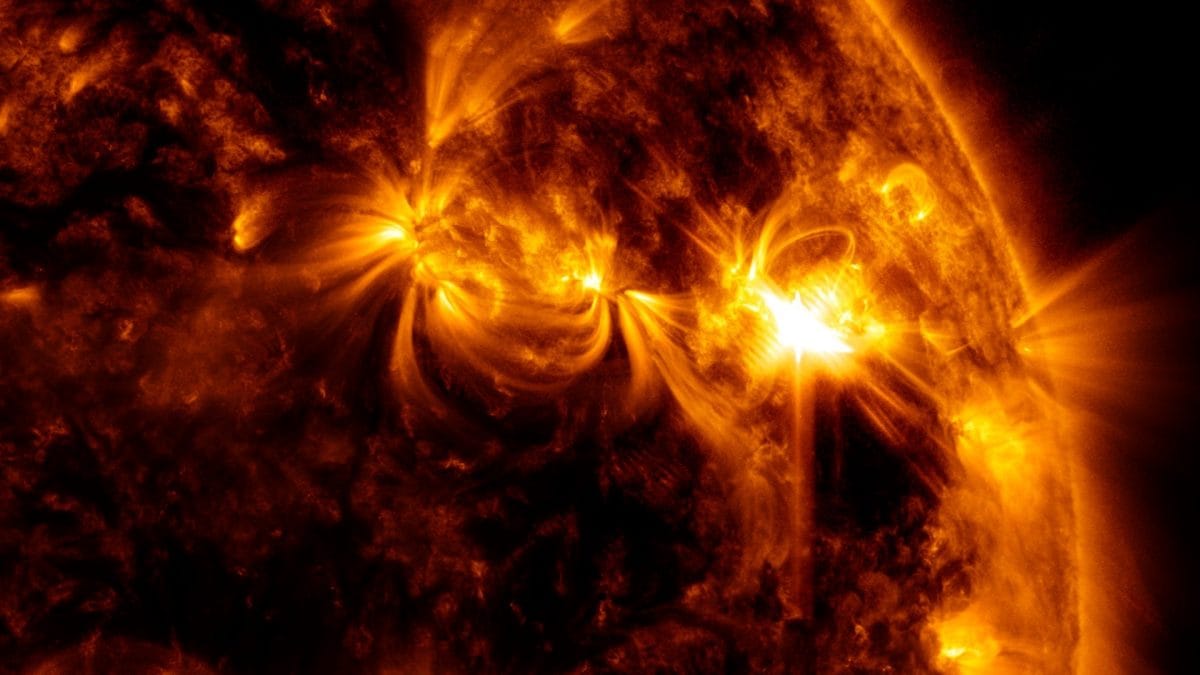Solar storm threat for Earth rises after a helix CME was seen shooting out of the Sun
After a solar flare eruption, a helix-shaped CME was seen erupting out of the Sun. This has raised concerns about whether it can hit the Earth and spark a solar storm. Check details.






 View all Images
View all ImagesThis week, the Earth has not been hit by a single solar storm. We have suffered some minor instances of radio blackouts and GPS disruptions due to solar winds, but apart from that, the Sun has remained quiet, even when a highly unstable sunspot, AR3405, has emerged in the Earth's view of the Sun. However, things could be changing. In the late hours of yesterday, strange radio emissions were detected, which is usually a warning sign for a solar flare eruption. Sure enough, a flare was set off and it did release a coronal mass ejection (CME), as per reports. The direction of the CME has not been confirmed so far, but there is a possibility that it could be Earth-bound.
The initial report of a radio emission came from SpaceWeatherLive, an account on X that sends automated alerts for solar activity. It tweeted, “13:00 UTC - Type II Radio Emission. Begin Time: 17/08/2023 12:35 UTC. Estimated Velocity: 617km/sec”. Two things are to be noted here. Type II emission is a moderate amount of emission and the velocity is exceptionally high. The combination of the two would point towards a solar flare eruption, that would be intense enough to send ultraviolet radiations to Earth (hence high velocity), but not intense enough to be categorized as an X-class flare or even a high-M-class flare.
Sure enough, there indeed was an eruption. Ben Davidson, the founder of SpaceWeatherNews, tweeted a video of the eruption with the caption “Plasma eruption on the sun today, erupting in a helix CME”.
Sun blasts a CME, will it hit Earth?
The biggest question right now is just how potent is this CME cloud and whether it will strike the Earth. To answer the first question, it should not be very intense, simply because it was expelled during a small eruption, so it is not likely that a large amount of solar matter could have been hurled into space. However, it should still be enough to spark a G1-G2 geomagnetic storm.
However, it cannot be said whether the helix-shaped CME can hit the Earth or not. Right now, there is not enough information to make a claim either way. However, both NASA and NOAA researchers must be analyzing the data during the eruption and will give an updated forecast in case it indeed is headed for our planet.
Catch all the Latest Tech News, Mobile News, Laptop News, Gaming news, Wearables News , How To News, also keep up with us on Whatsapp channel,Twitter, Facebook, Google News, and Instagram. For our latest videos, subscribe to our YouTube channel.





























